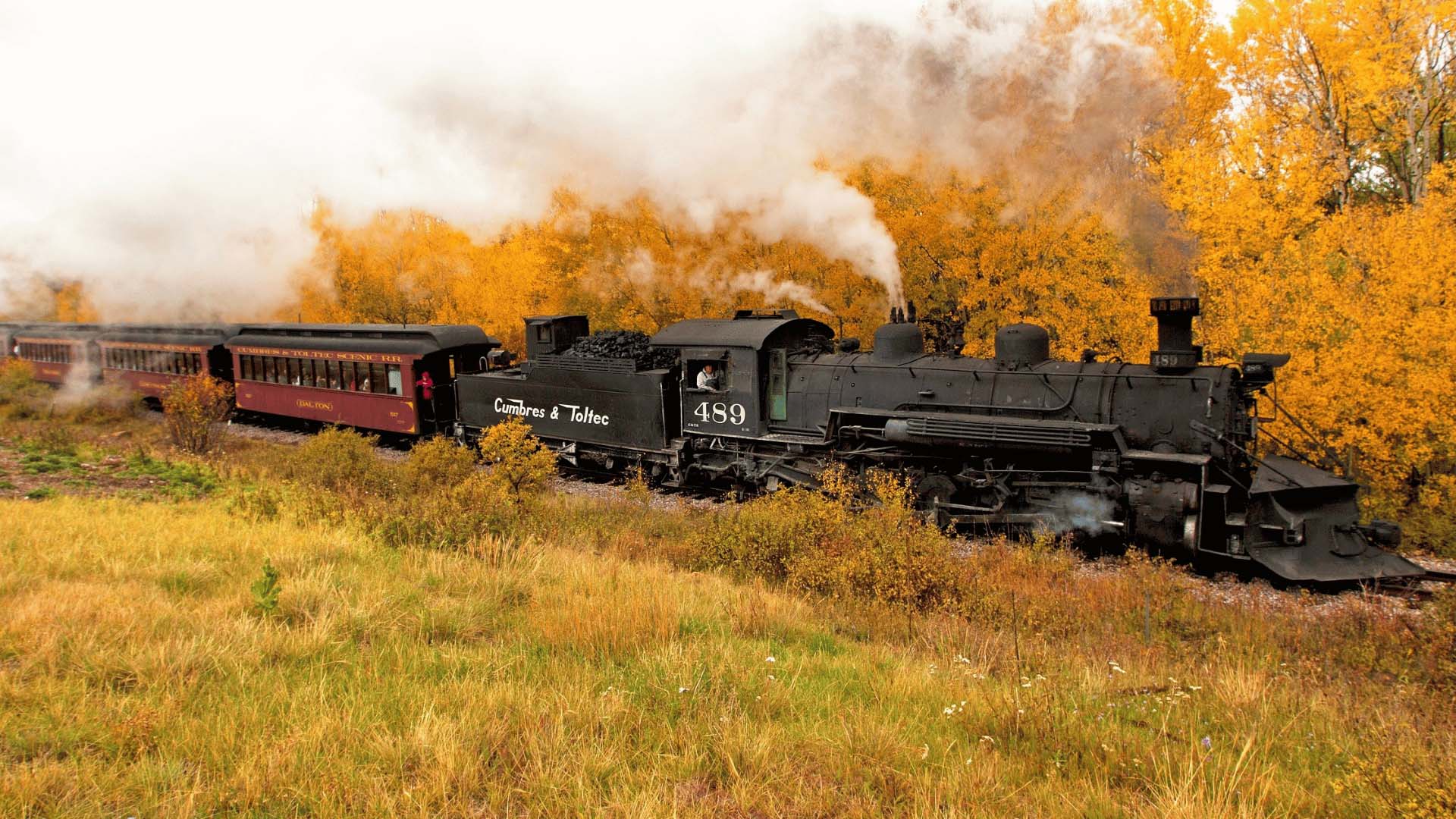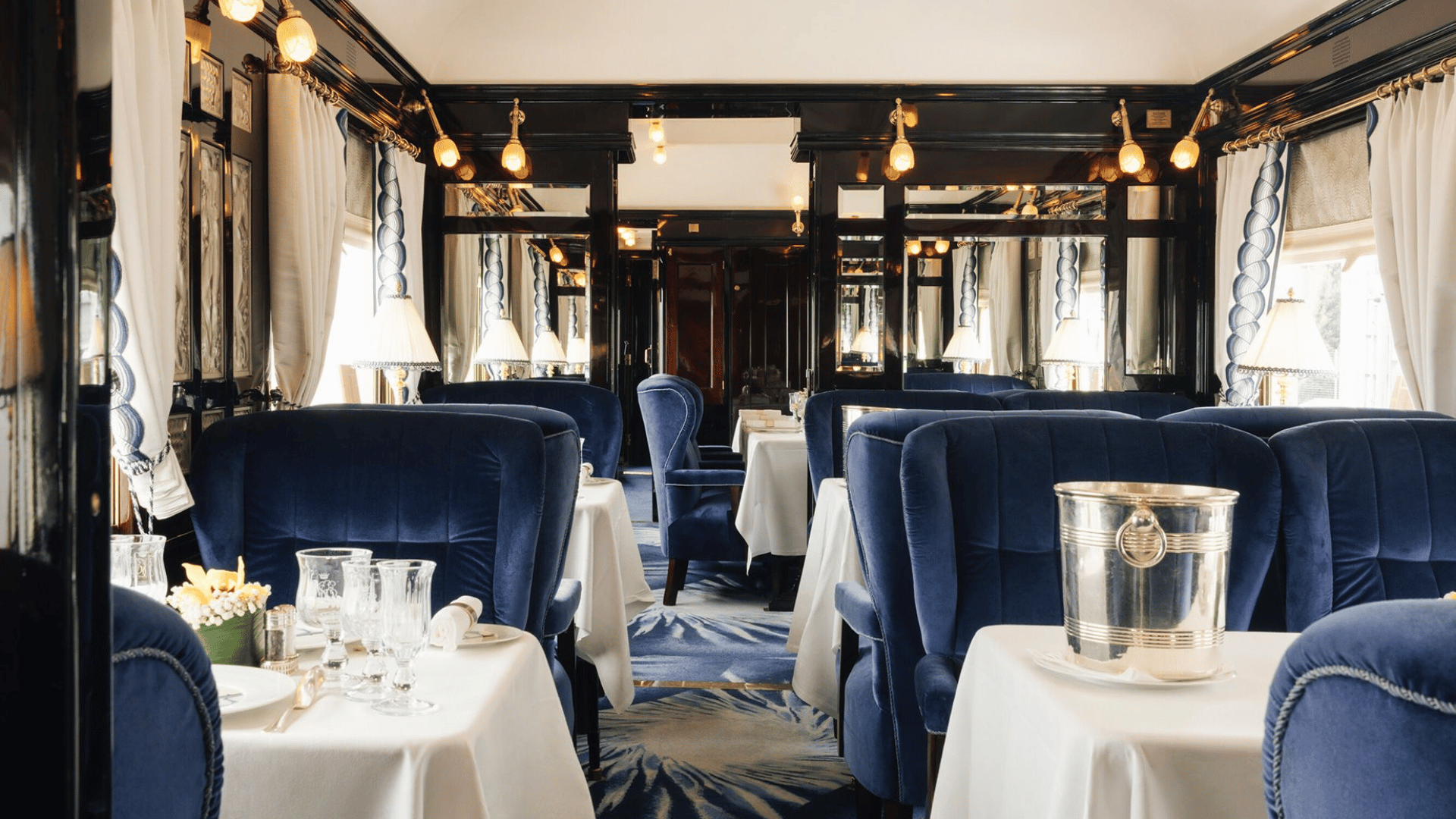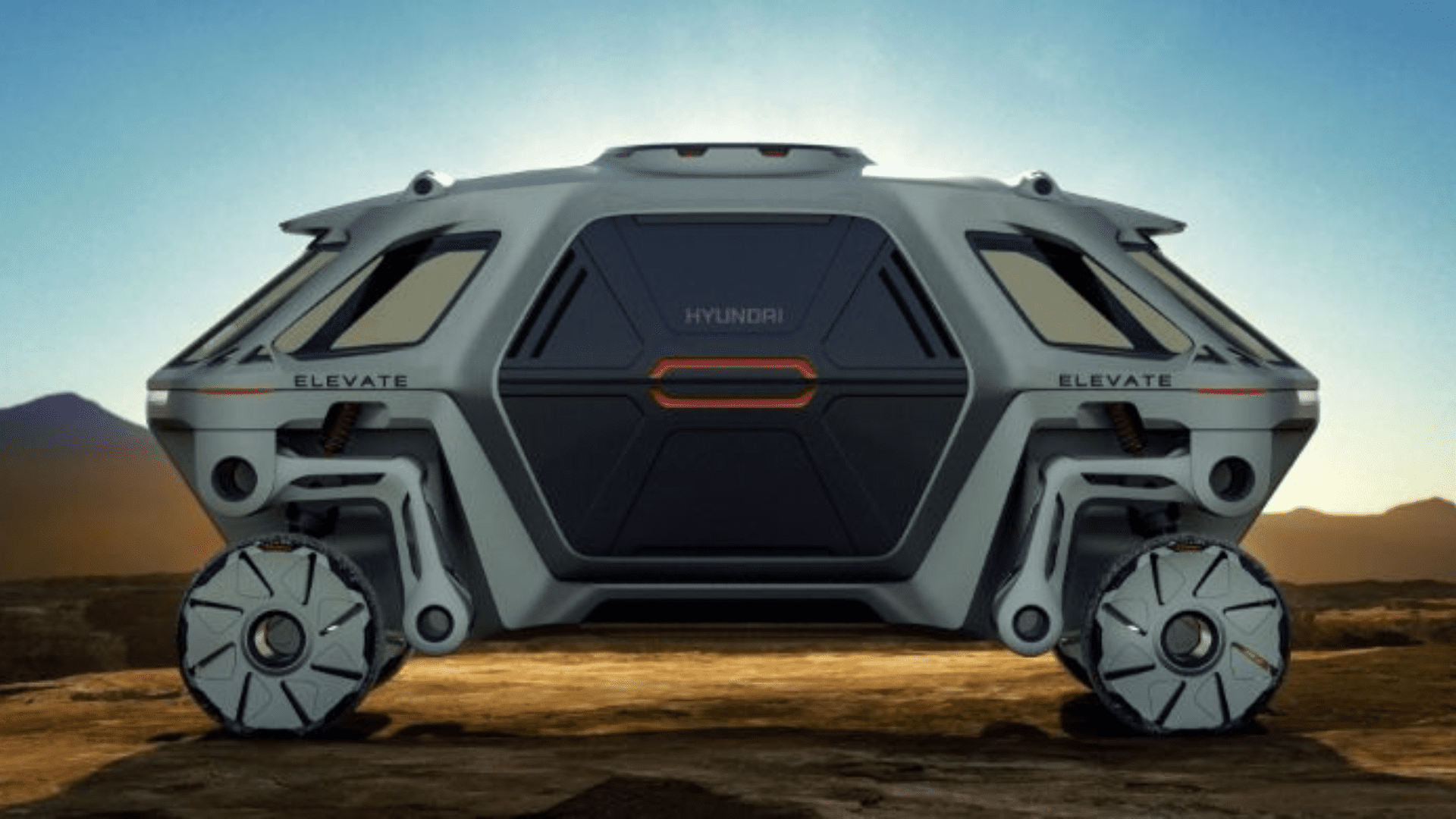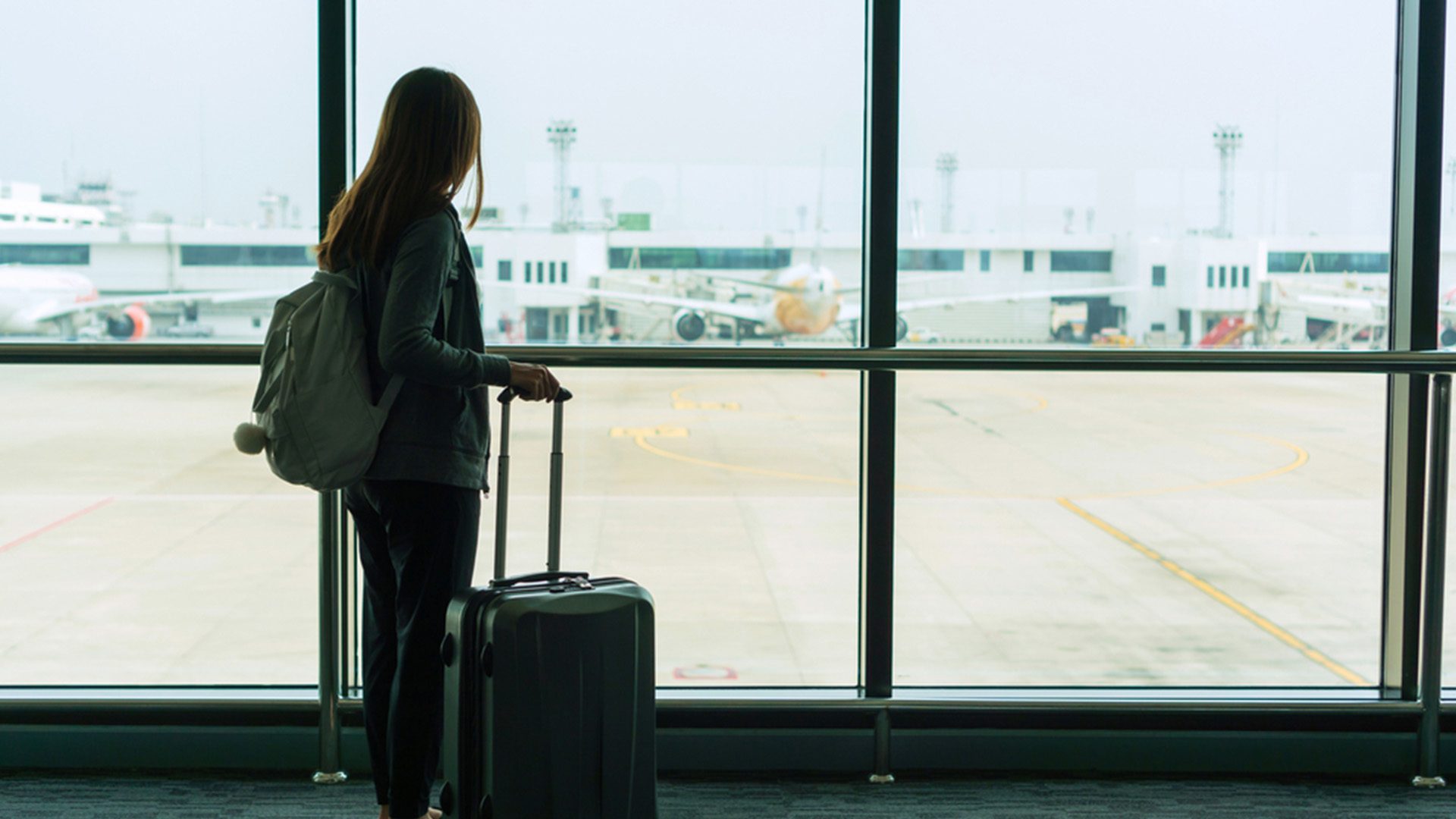Construction on America’s first high-speed train between Southern California and Las Vegas began on Monday, April 22nd. The train can potentially cut travel time between the two areas in half.
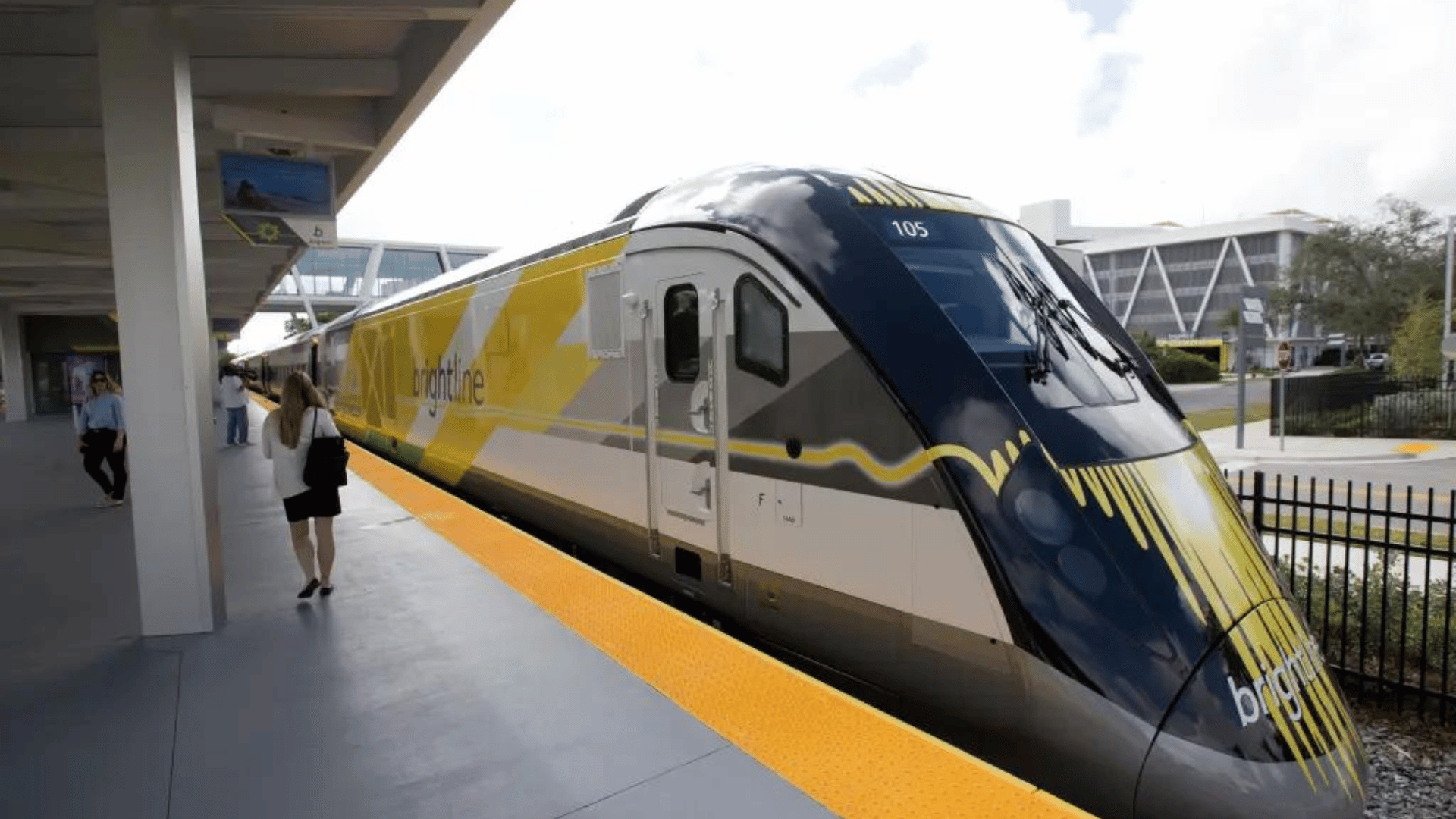
The rail line, called Brightline West, will cost $12 billion to build and will lay 218 miles of new track between a station south of Las Vegas and a terminal in Rancho Cucamonga. Capable of reaching speeds up to 186 mph or higher, the entirely electric line will run primarily along Interstate 15.
Though traveling this route by car typically takes over three hours, the train would make it a 2-hour trip each way. In addition to cutting down travel time, the new route is expected to bolster tourism, cut down on I-15 traffic, create 35,000 jobs, and eliminate more than 400,000 tons of carbon pollution each year.
The flagship station will be in Las Vegas, with additional stations in Apple Valley, Hesperia, and Rancho Cucamonga. The Rancho Cucamonga Station will connect to Southern California’s regional Metrolink service, allowing for connectivity into Riverside County, downtown Los Angeles, and beyond.
Explore Tomorrow's World from your inbox
Get the latest science, technology, and sustainability content delivered to your inbox.
I understand that by providing my email address, I agree to receive emails from Tomorrow's World Today. I understand that I may opt out of receiving such communications at any time.
The train will contain Wi-Fi, restrooms, food and beverages, and the option to check luggage. The ticket fare is anticipated to be significantly less than the current cost of flying across the Mojave Desert.
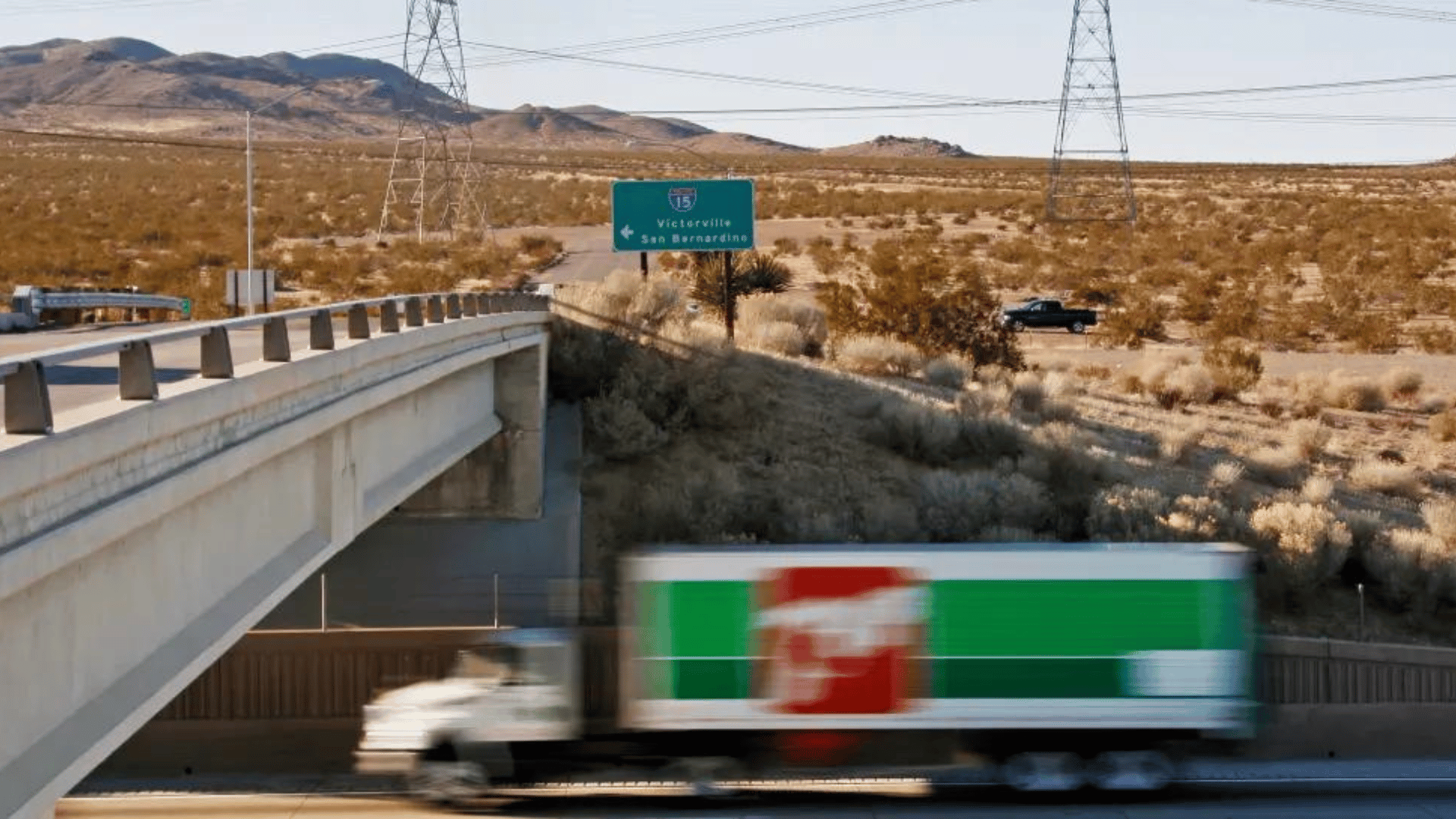
The New York Post reports that the Florida-based Brightline already operates a high-speed line from Miami to Orlando, where trains reach a speed of 125 miles per hour. This line completes approximately 16 round trips daily.
According to Fortune, only one station stop along the route will occur in San Bernardino County’s Victorville area. Brightline said it may add more stops in Palmdale, California, and other US metros at a later date.
Brighline estimated that approximately 11 million passengers would utilize the train one way per year, averaging 30,000 daily travelers. the ultimate goal is to open the line by 2028 to coincide with the Summer Olympics in Los Angeles.



